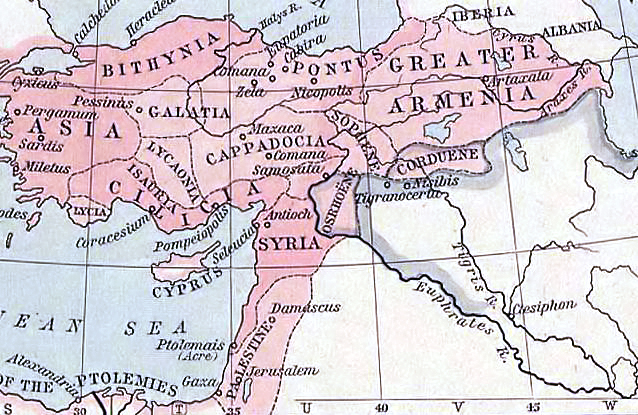Lake Urmia - Iran
Lake Urmia is a drying salt lake near Iran's border with Turkey. At its former peak size, it was the largest lake in the Middle East and the sixth largest saltwater lake on earth. The lake has shrunk to 10% of its former size since 1970 due to damming of the rivers that flow into it and pumping of groundwater from the area. Becase of its high salinity, the lake no longer sustains any fish species.
ARTICLES
Action Urged - Lake Urmia Is Drying Up! >
Lake Urmia (Wikipedia) >
Iran’s Most Famous Lake Is Disappearing >
Action Urged - Lake Urmia Is Drying Up! >
Lake Urmia (Wikipedia) >
Iran’s Most Famous Lake Is Disappearing >
Aral Sea - Russia,
Formerly one of the four largest lakes in the world with an area of 26,300 sq mi, the Aral Sea has been steadily shrinking since the 1960s after the rivers that fed it were diverted by Soviet irrigation projects. By 2007, it had declined to 10% of its original size. Satellite images taken by NASA in August 2014 revealed that for the first time in modern history the eastern basin of the Aral Sea had completely dried up and is now called the Aralkum Desert.The shrinking of the Aral Sea has been called "one of the planet's worst environmental disasters". The region's once-prosperous fishing industry has been essentially destroyed, bringing unemployment and economic hardship.
The receding sea has left huge plains covered with salt and toxic chemicals [the results of weapons testing, industrial projects, and pesticides and fertilizer runoff] which are picked up and carried away by the wind as toxic dust and spread to the surrounding area. As a result, the land around the Aral Sea is heavily polluted, and the people living in the area are suffering from a lack of fresh water and health problems, including high rates of certain forms of cancer and lung diseases.Vast salt plains exposed by the shrinking Aral have produced dust storms, making regional winters colder and summers hotter.
Owens Lake
Now just a dry lakebed — a howling wasteland of toxic dust — Lake Owens once held significant water until 1913, when much of the Owens River was diverted into the Los Angeles Aqueduct. This caused Owens Lake to dry up by 1926. Although today, some of the flow of the river has been restored, tragically as of 2013 it is the largest single source of dust pollution in the United States.Dust Storms
Bales of Hay are scattered in the dry lakebed to help minimize loose dust and dust storms.
Los Angeles Aqueduct
ARTICLES
Owens Lake (Wikipedia) >
Where Chinatown Began >
Flying Over Owens Lake During California’s Drought:
Owens Lake: Past Resent and Future >
Owens Lake (Wikipedia) >
Where Chinatown Began >
Flying Over Owens Lake During California’s Drought:
Owens Lake: Past Resent and Future >





